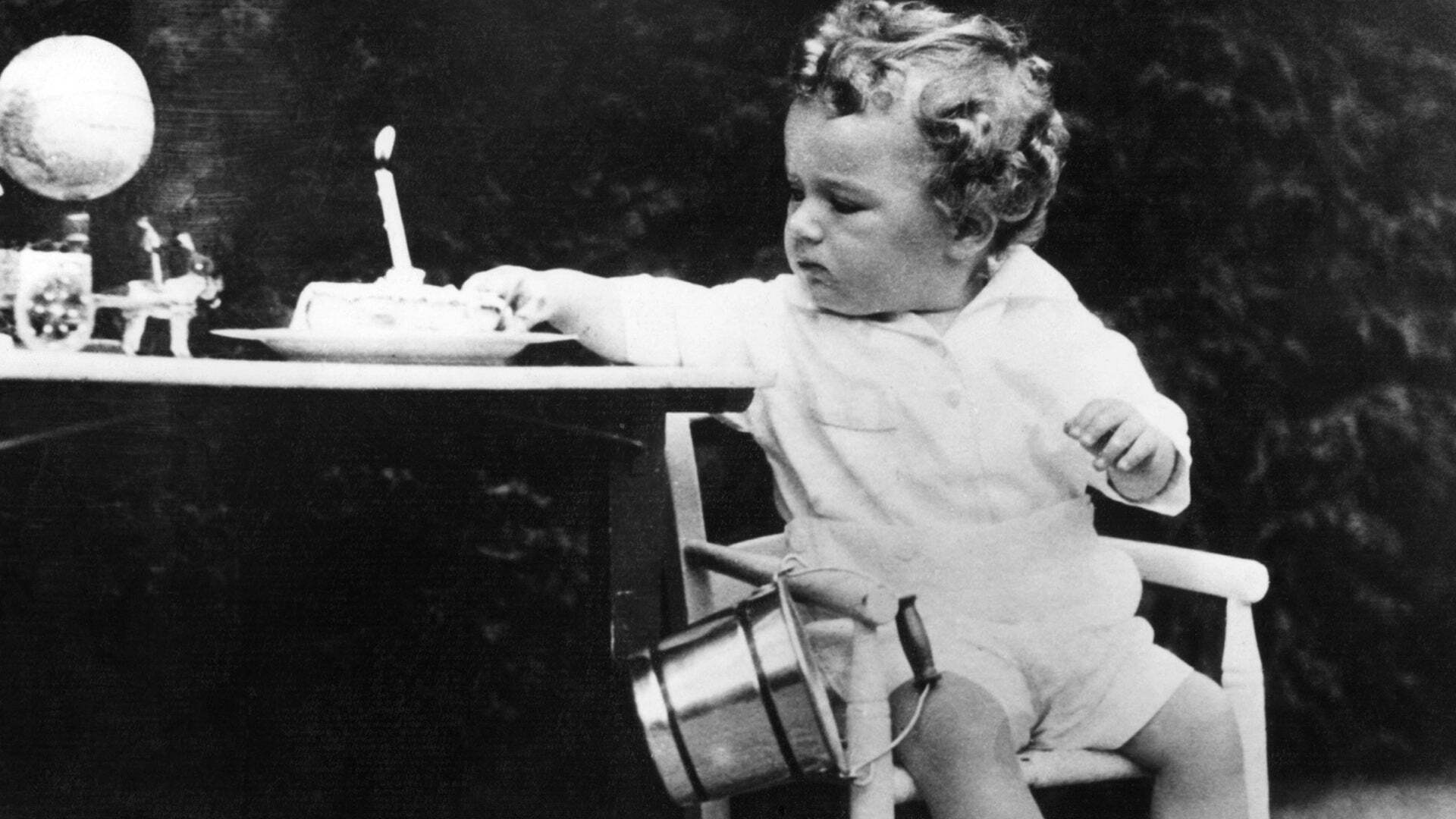
The Lindbergh Baby Kidnapping remains one of the most infamous crimes in American history. On March 1, 1932, Charles Lindbergh Jr., the 20-month-old son of famous aviator Charles Lindbergh and Anne Morrow Lindbergh, was taken from his crib. This shocking event captivated the nation, leading to a massive investigation and media frenzy. Despite numerous ransom notes and a high-profile trial, many questions still linger about the case. Was justice truly served? What were the key pieces of evidence? Dive into these 34 intriguing facts to uncover the mysteries and details surrounding this tragic event.
Key Takeaways:
- The Lindbergh baby kidnapping in 1932 led to the creation of the Lindbergh Law, making kidnapping a federal crime and impacting how high-profile cases are reported.
- Despite the conviction of Bruno Hauptmann, controversy and theories still surround the case, leaving a lasting mark on American culture and history.
The Lindbergh Baby Kidnapping: A Historical Event
The Lindbergh baby kidnapping remains one of the most infamous crimes in American history. This tragic event captivated the nation and led to significant changes in law enforcement and public awareness. Here are some fascinating facts about this case.
-
Charles Lindbergh Jr. was the 20-month-old son of famous aviator Charles Lindbergh and his wife, Anne Morrow Lindbergh.
-
The kidnapping occurred on March 1, 1932, when the baby was taken from his crib in the Lindberghs' home in Hopewell, New Jersey.
-
A ransom note demanding $50,000 was found on the nursery windowsill. This was a substantial amount of money during the Great Depression.
-
The Lindberghs received several ransom notes over the following weeks, each with different demands and instructions.
-
Dr. John F. Condon, a retired school principal, acted as an intermediary between the Lindberghs and the kidnappers.
The Investigation and Breakthroughs
The investigation into the kidnapping was extensive and involved numerous law enforcement agencies. Here are some key points from the investigation.
-
The FBI became involved in the case, marking one of the first times the agency took on a kidnapping investigation.
-
A homemade ladder was found near the Lindbergh home, believed to have been used by the kidnapper to reach the nursery window.
-
The ransom money was paid in gold certificates, which were easier to trace than regular currency.
-
A truck driver found the body of Charles Lindbergh Jr. on May 12, 1932, in a wooded area about 4.5 miles from the Lindbergh home.
-
The cause of death was determined to be a blow to the head, likely occurring on the night of the kidnapping.
The Arrest and Trial
The arrest and trial of the suspect brought some closure to the case, but not without controversy.
-
Bruno Richard Hauptmann, a German immigrant and carpenter, was arrested on September 19, 1934, after using one of the gold certificates.
-
Hauptmann's home contained a significant portion of the ransom money, as well as other incriminating evidence.
-
The trial began on January 2, 1935, in Flemington, New Jersey, and was dubbed the "Trial of the Century."
-
Hauptmann was convicted of first-degree murder on February 13, 1935, and sentenced to death.
-
He maintained his innocence until his execution on April 3, 1936, in the electric chair at Trenton State Prison.
Impact on Law and Society
The Lindbergh baby kidnapping had a profound impact on American society and law enforcement practices.
-
The Lindbergh Law, officially known as the Federal Kidnapping Act, was passed in 1932, making kidnapping a federal crime.
-
The case highlighted the need for better coordination between local and federal law enforcement agencies.
-
Media coverage of the trial was extensive, leading to changes in how high-profile cases were reported.
-
Public interest in the case was immense, with people following every development closely.
-
The tragedy brought attention to the vulnerabilities of even the most prominent families.
Theories and Controversies
Despite the conviction of Hauptmann, many theories and controversies surround the case.
-
Some believe Hauptmann was innocent and was framed by law enforcement.
-
Others suggest there were accomplices who were never caught or identified.
-
The ladder used in the kidnapping was a point of contention, with some experts doubting Hauptmann could have built it alone.
-
Hauptmann's wife, Anna, spent years trying to clear her husband's name, claiming he was wrongfully convicted.
-
Modern forensic techniques have been applied to the evidence, but no definitive new conclusions have been reached.
Cultural Impact
The Lindbergh baby kidnapping has left a lasting mark on American culture and history.
-
Books and movies about the case have been produced, keeping the story alive in popular culture.
-
The term "Lindbergh baby" has become synonymous with high-profile kidnapping cases.
-
The case influenced the creation of the FBI's Ten Most Wanted Fugitives list.
-
The Lindberghs became more reclusive after the tragedy, seeking privacy and security.
-
The kidnapping is often cited in discussions about the evolution of criminal investigation techniques.
Personal Impact on the Lindbergh Family
The kidnapping had a profound and lasting effect on the Lindbergh family.
-
Charles Lindbergh became more involved in aviation safety and security after the kidnapping.
-
Anne Morrow Lindbergh wrote several books, some of which touched on her experiences and grief.
-
The Lindberghs had five more children after the kidnapping, but the loss of their firstborn remained a significant part of their lives.
-
The family eventually moved to Europe to escape the constant media attention and to find some peace.
The Lindbergh Baby Kidnapping: A Case That Shook the Nation
The Lindbergh Baby Kidnapping remains one of the most infamous crimes in American history. Charles Lindbergh, a national hero, faced unimaginable tragedy when his 20-month-old son was taken from their home in 1932. The case captivated the public, leading to a massive manhunt and media frenzy. Bruno Hauptmann's arrest and subsequent execution brought some closure, but many questions linger. Some believe others were involved or that Hauptmann was innocent. This case led to significant changes in laws, including the Lindbergh Law, making kidnapping a federal offense. The mystery and controversy surrounding the case continue to intrigue historians and true crime enthusiasts. Understanding this event helps us grasp the complexities of criminal investigations and the impact of media on public perception. The Lindbergh Baby Kidnapping remains a poignant reminder of the fragility of life and the relentless pursuit of justice.
Frequently Asked Questions
Was this page helpful?
Our commitment to delivering trustworthy and engaging content is at the heart of what we do. Each fact on our site is contributed by real users like you, bringing a wealth of diverse insights and information. To ensure the highest standards of accuracy and reliability, our dedicated editors meticulously review each submission. This process guarantees that the facts we share are not only fascinating but also credible. Trust in our commitment to quality and authenticity as you explore and learn with us.


